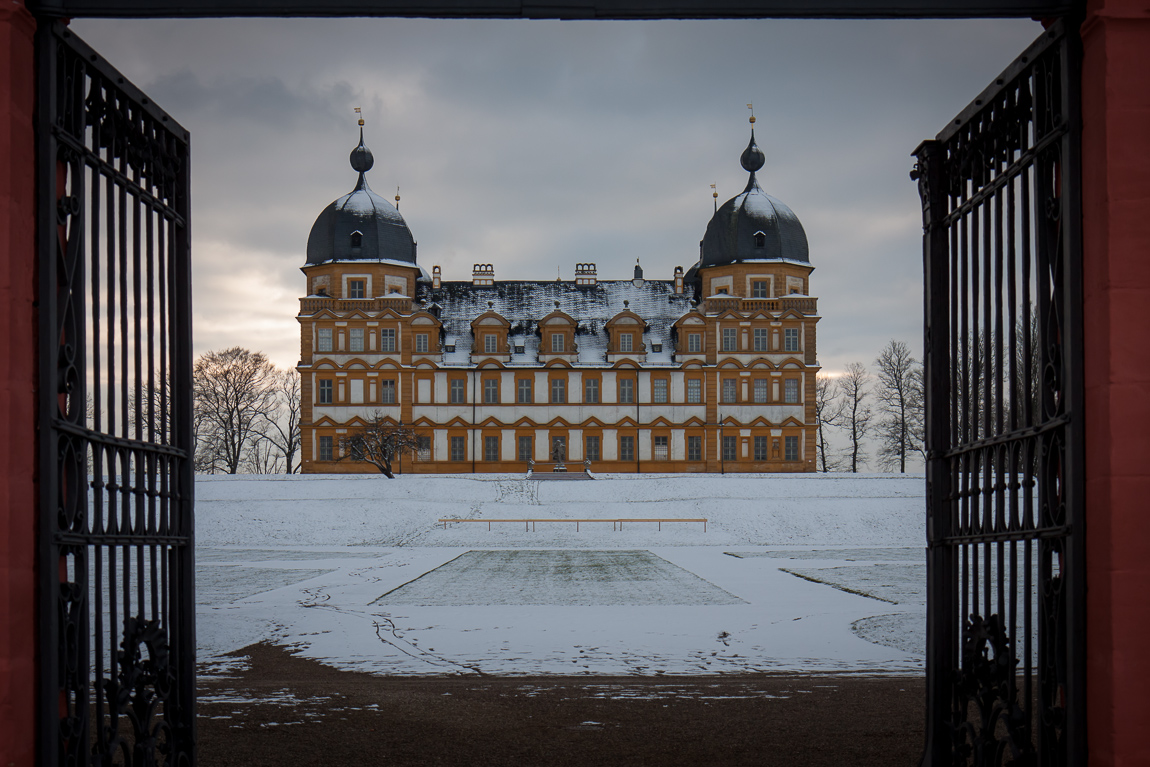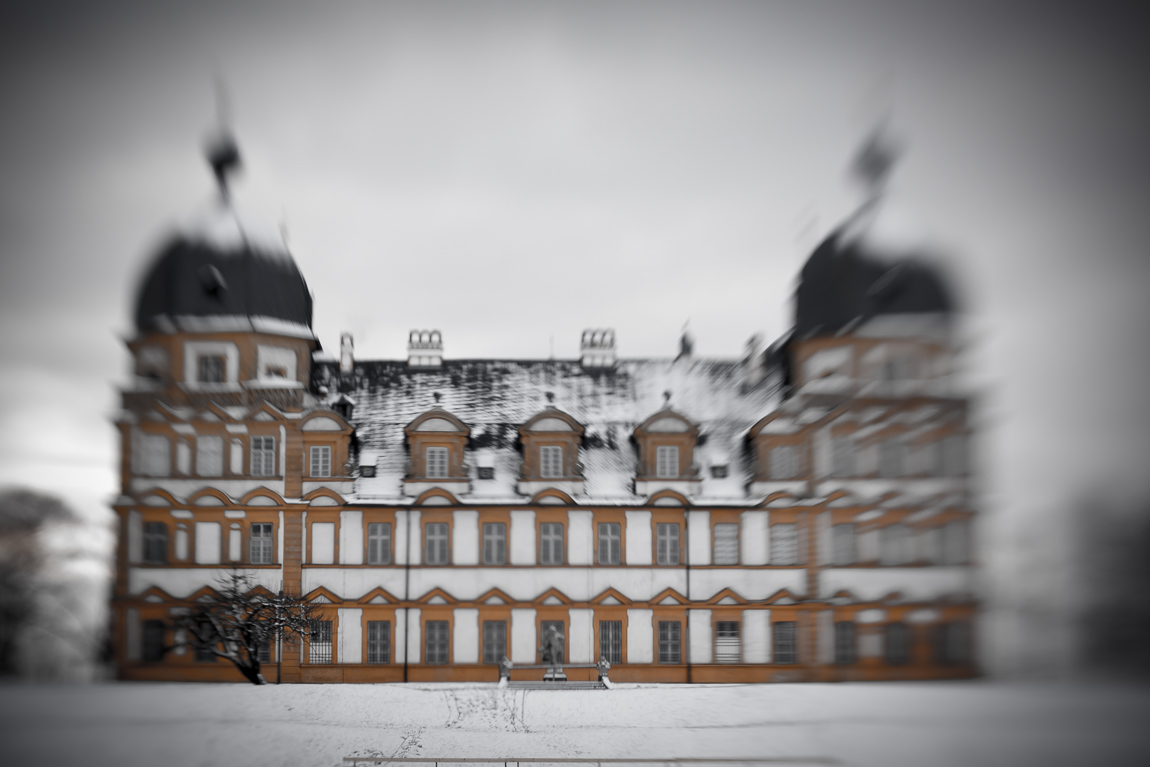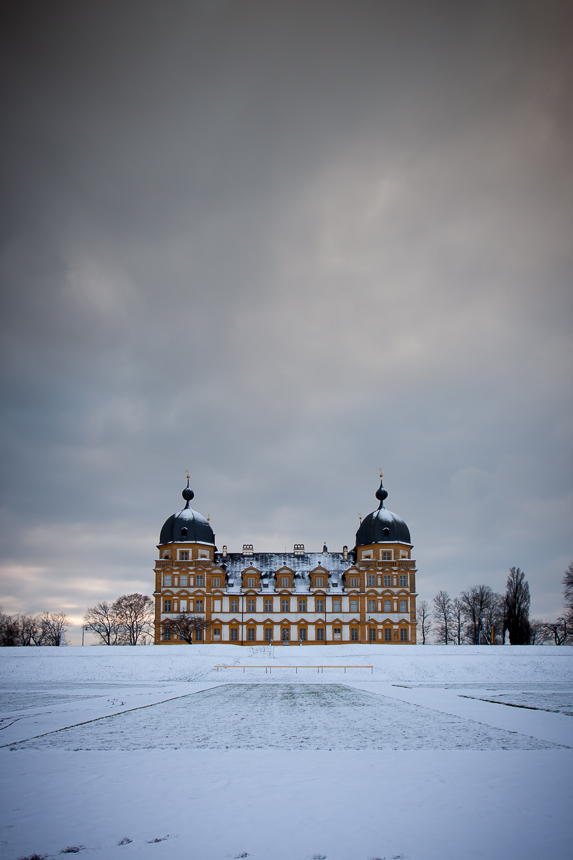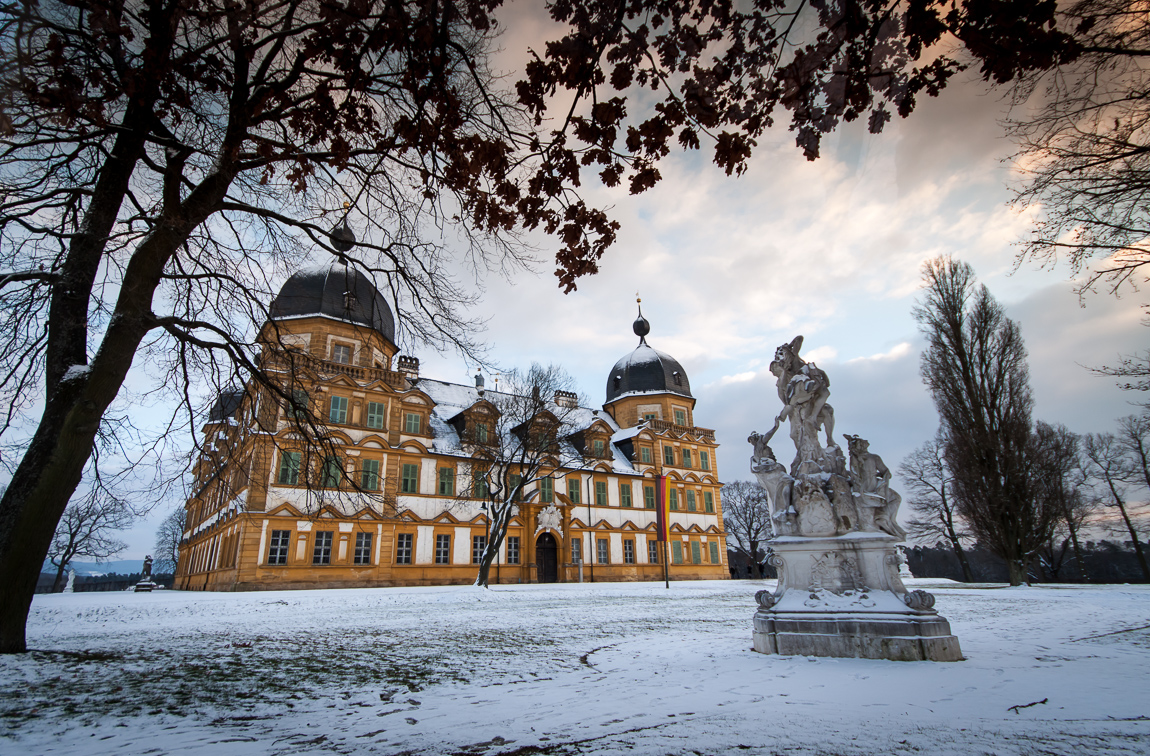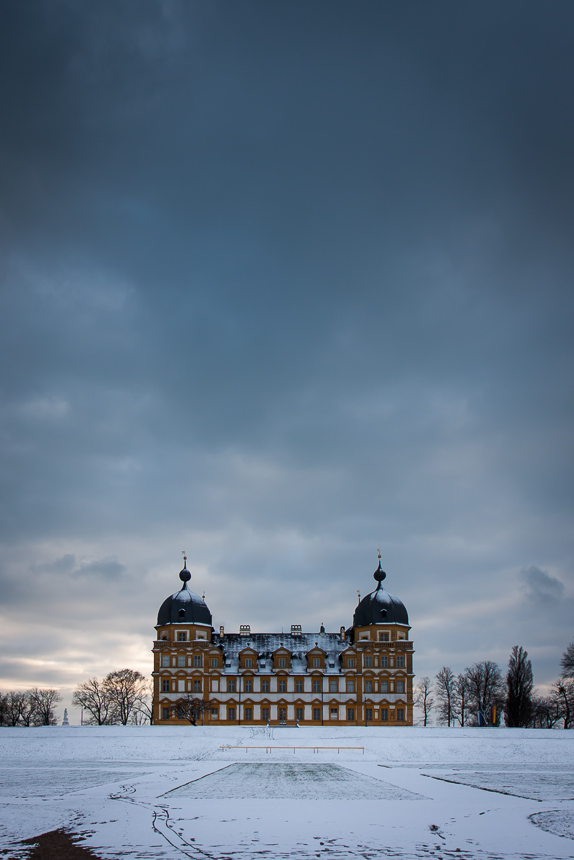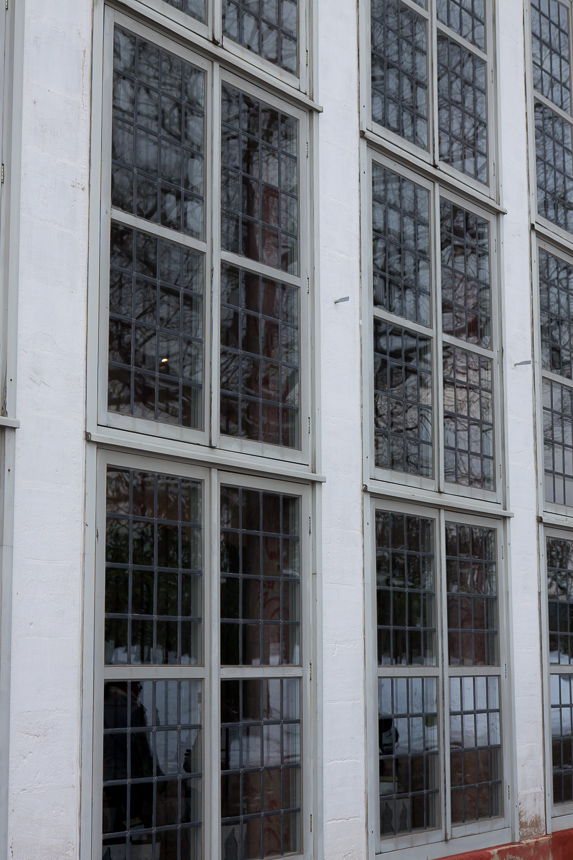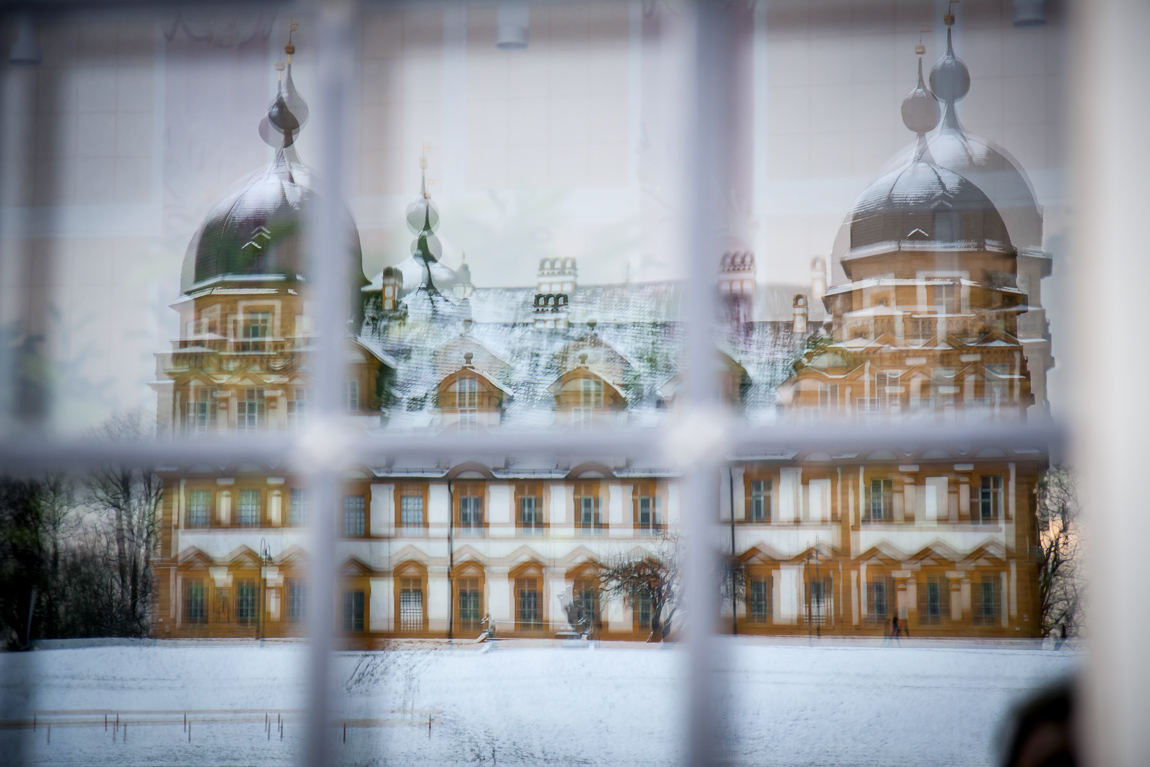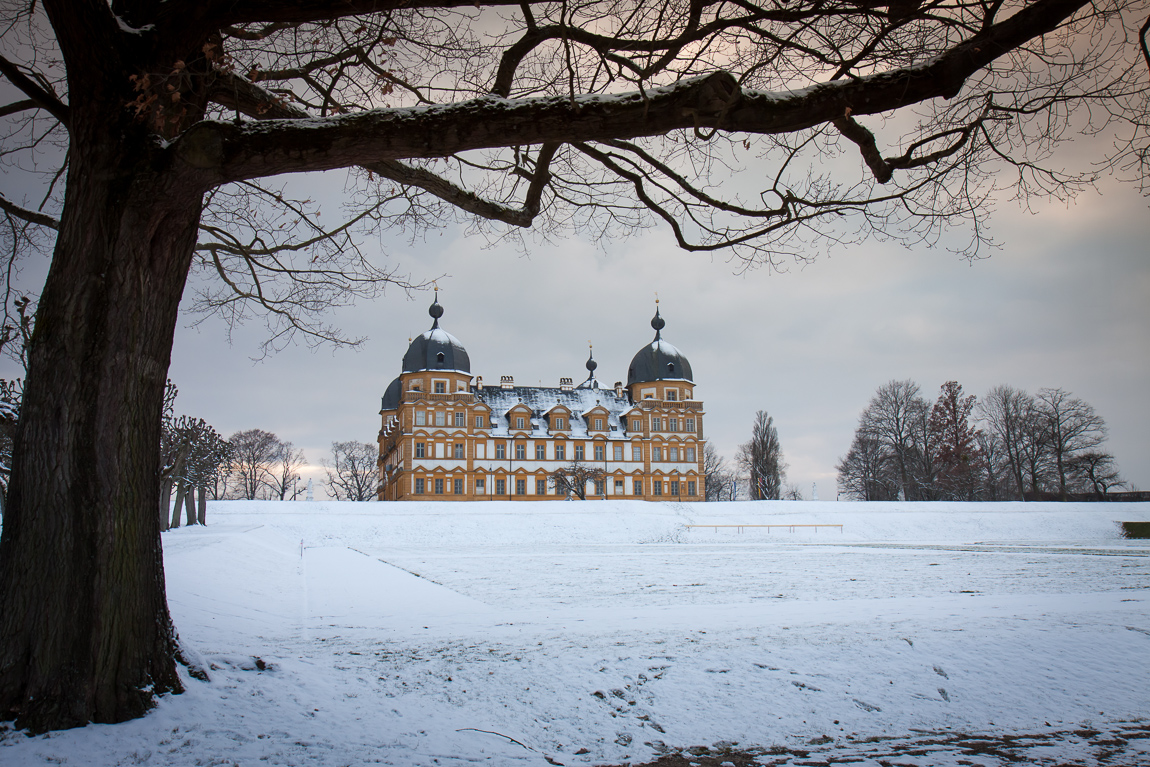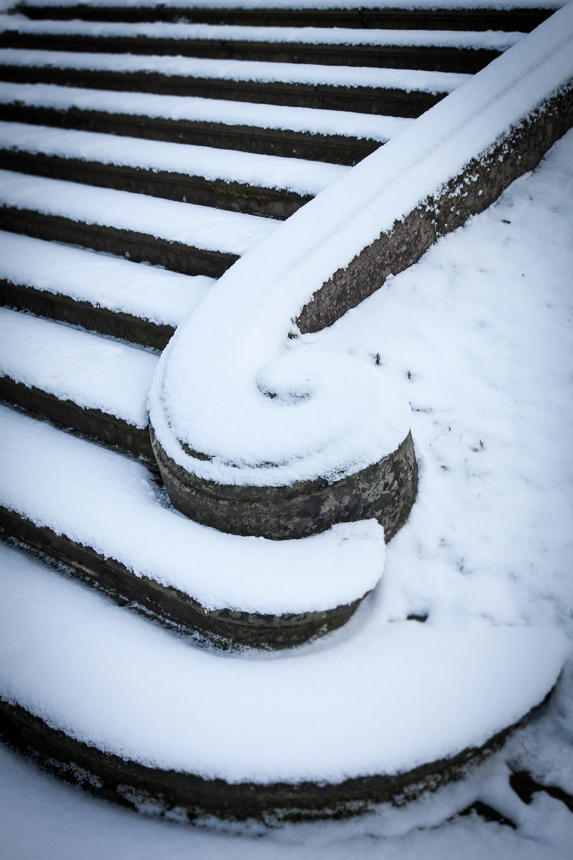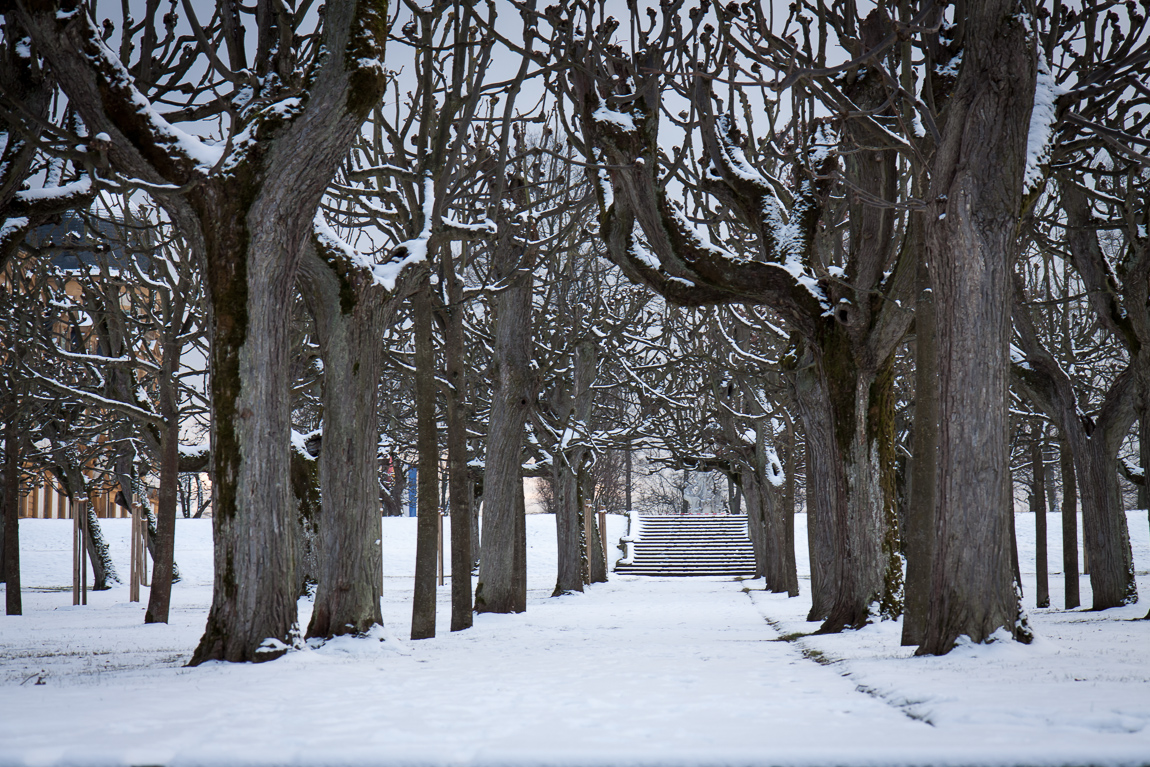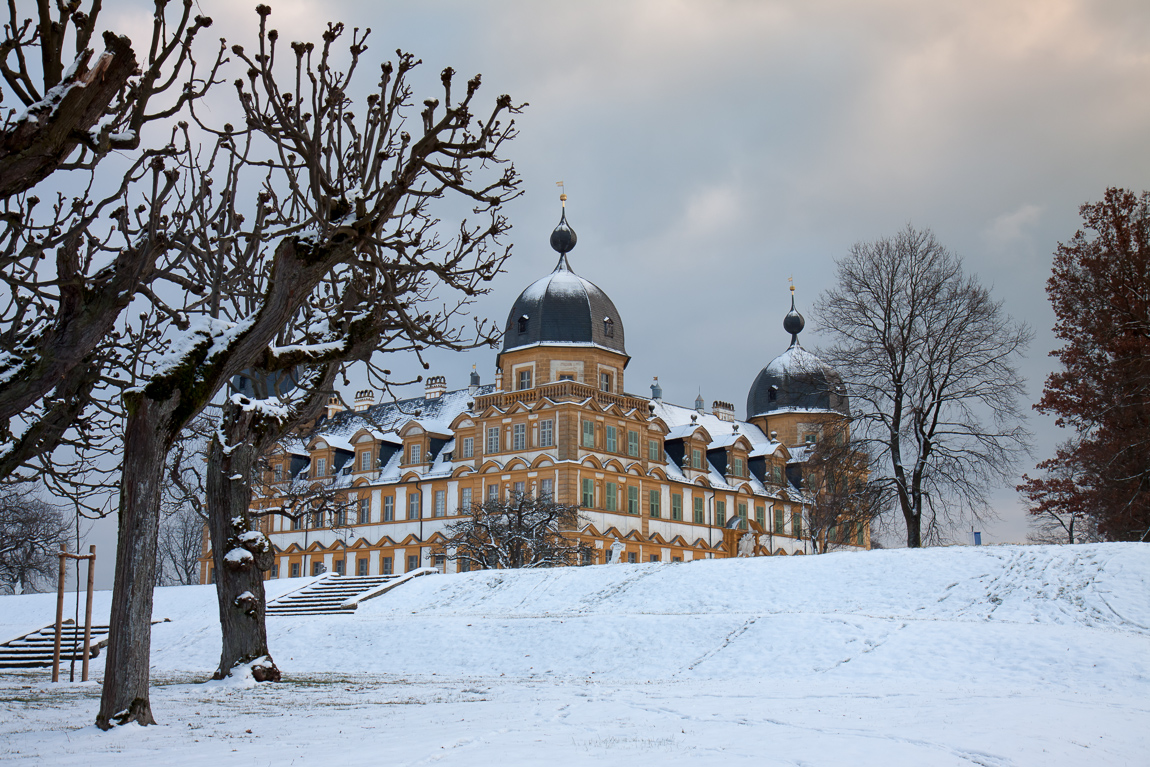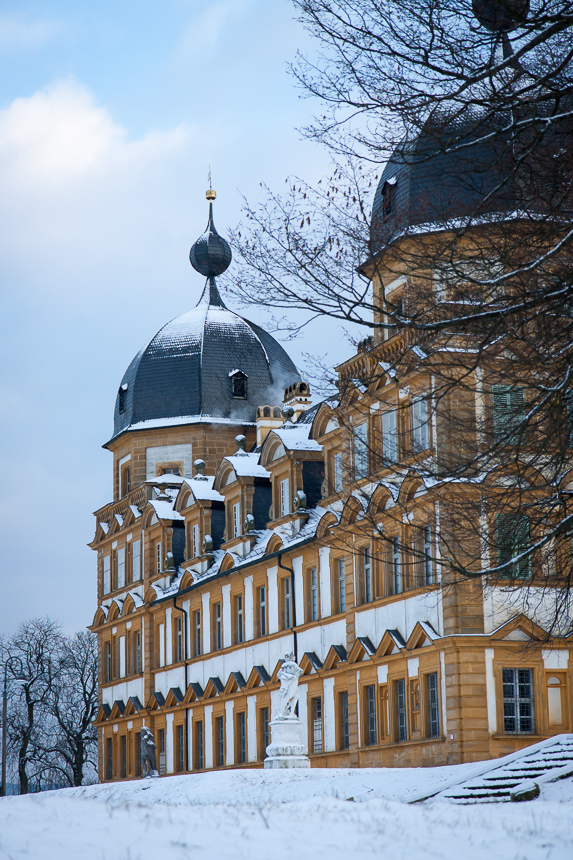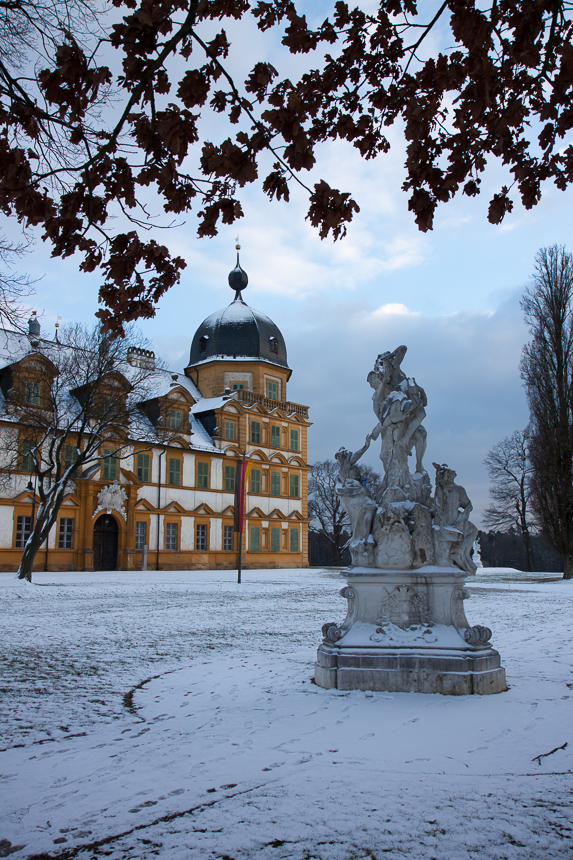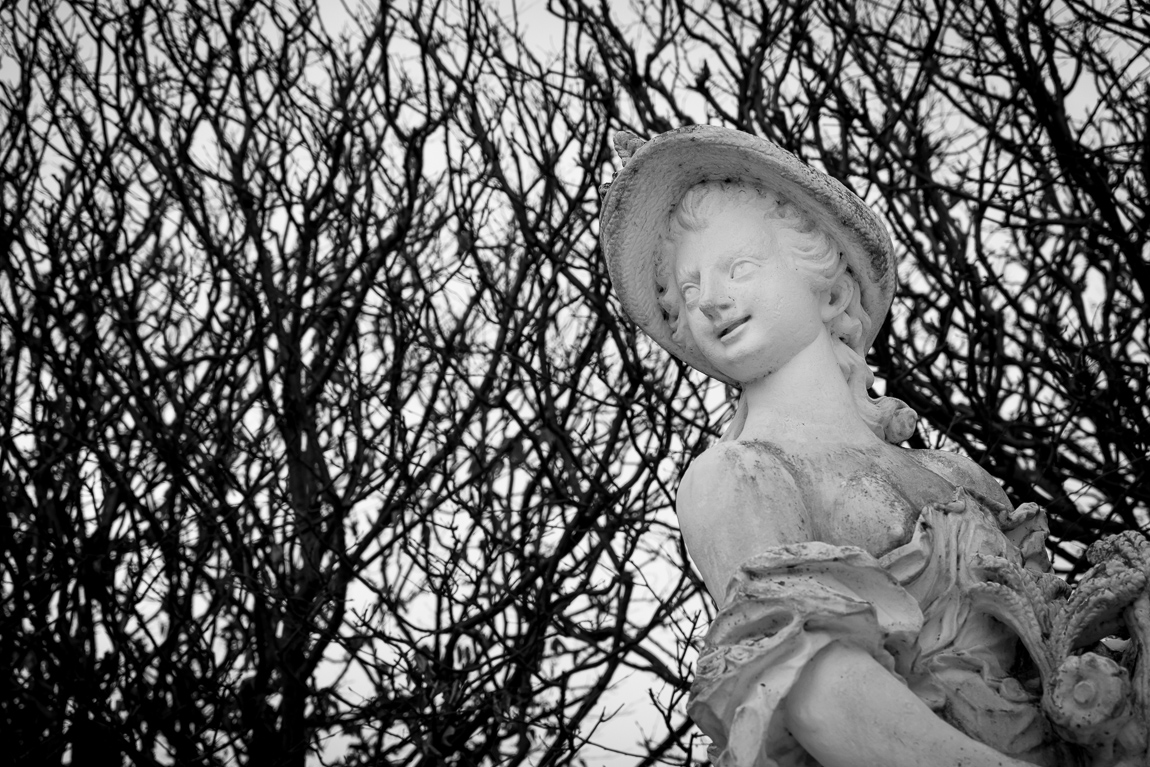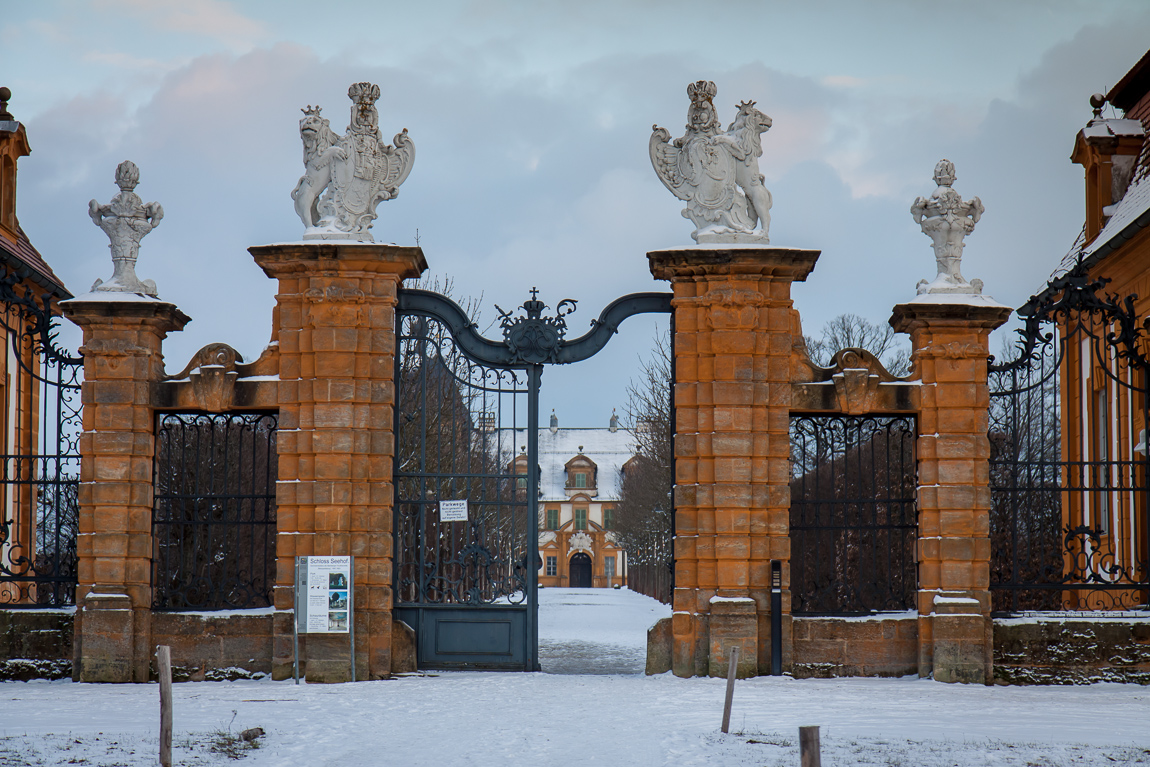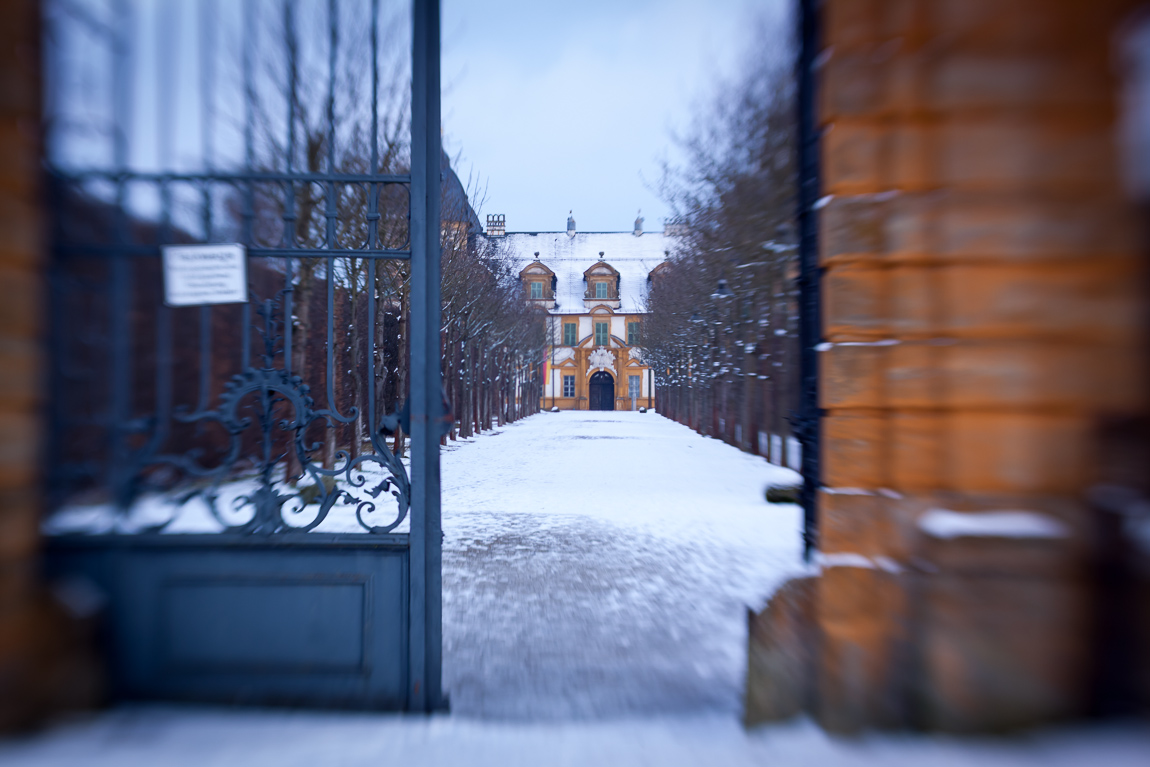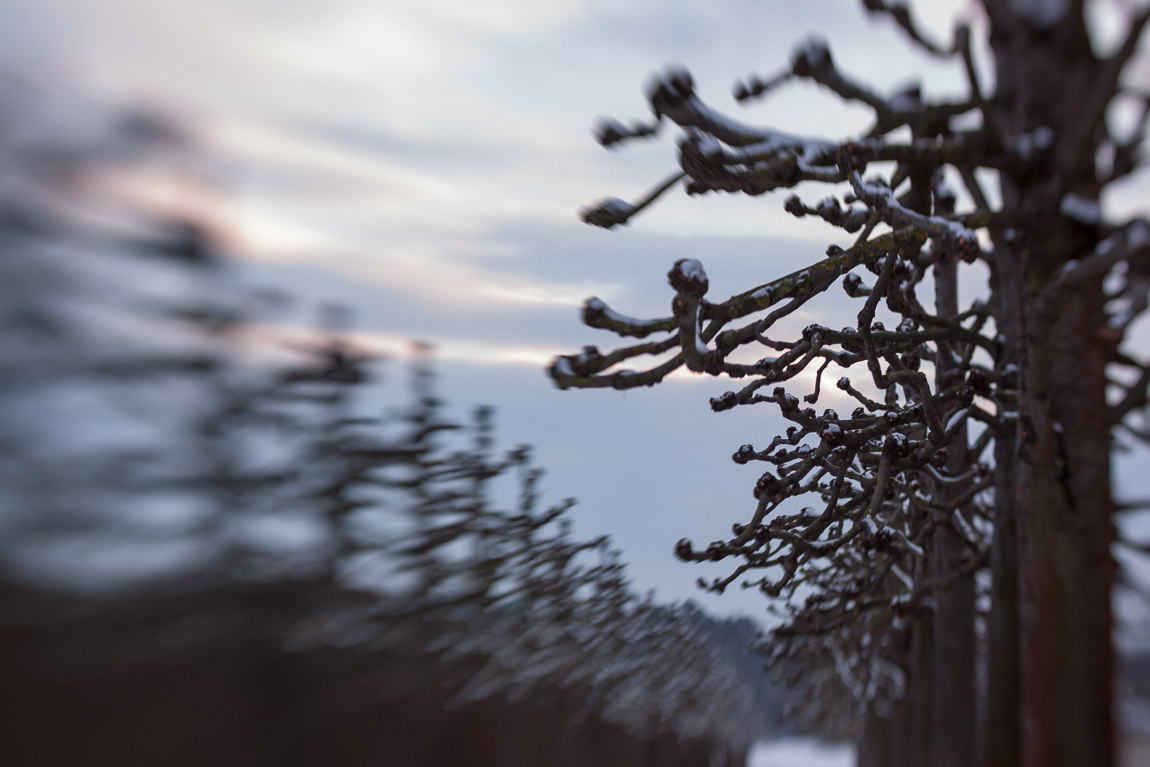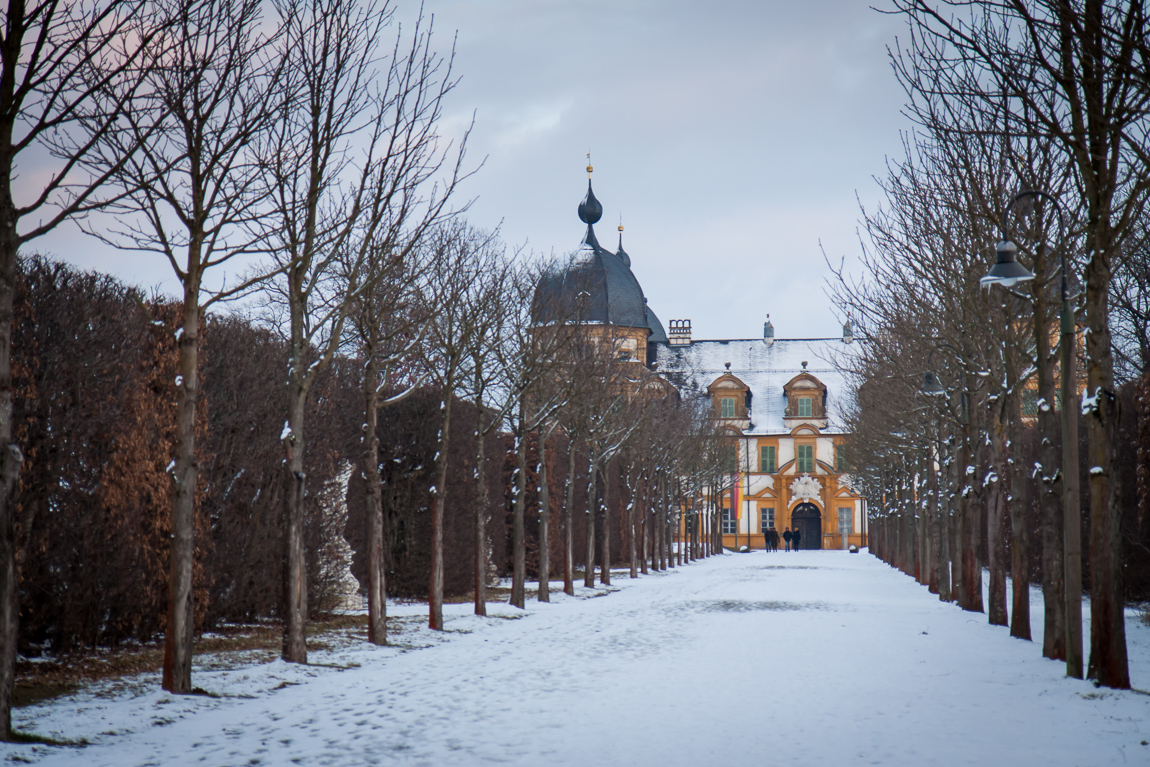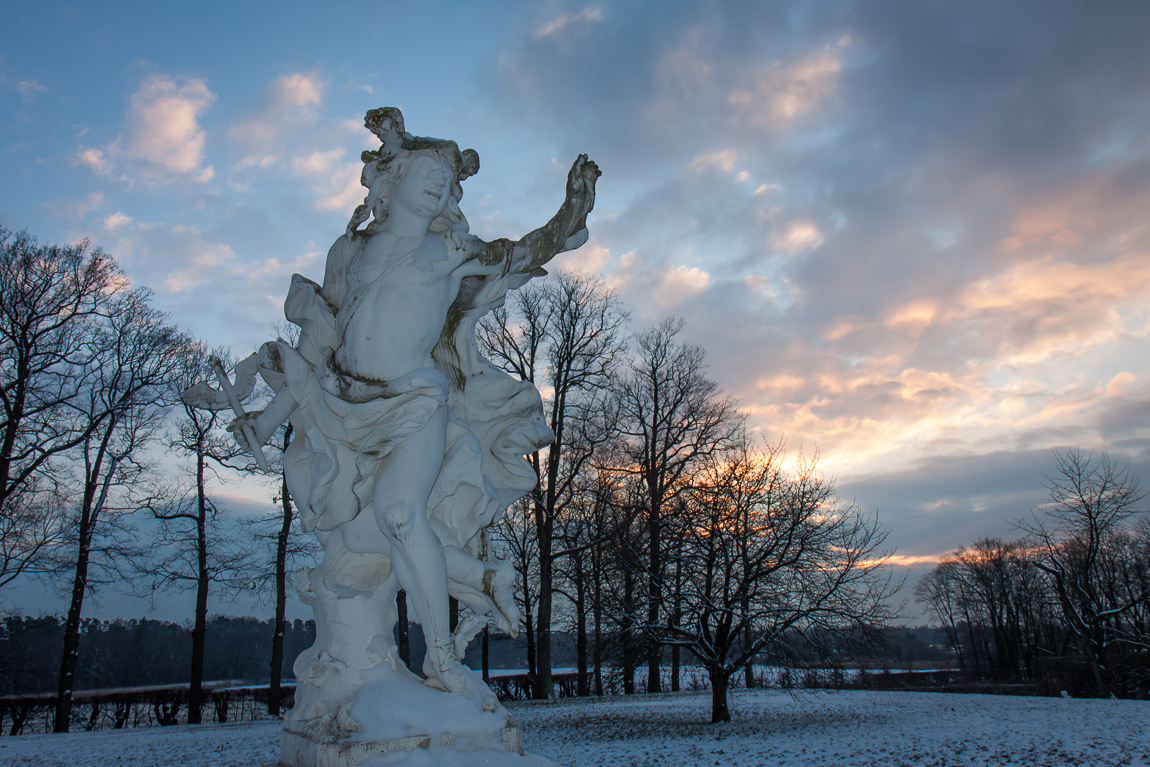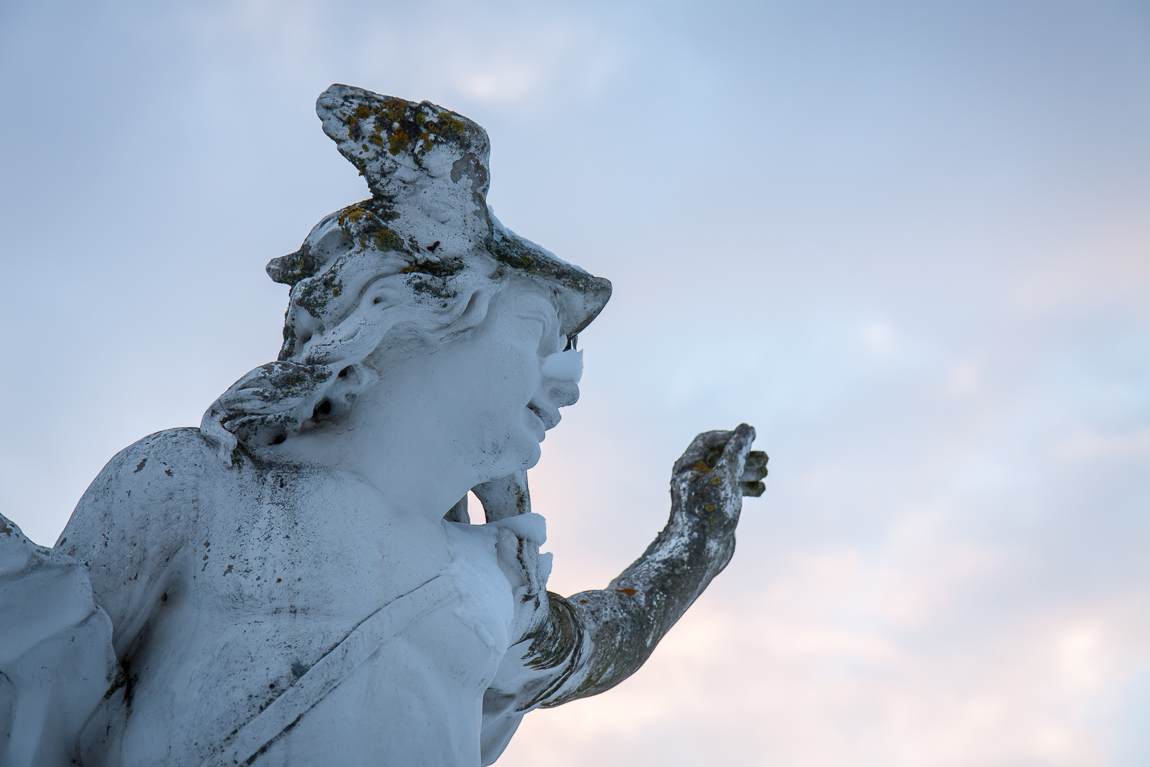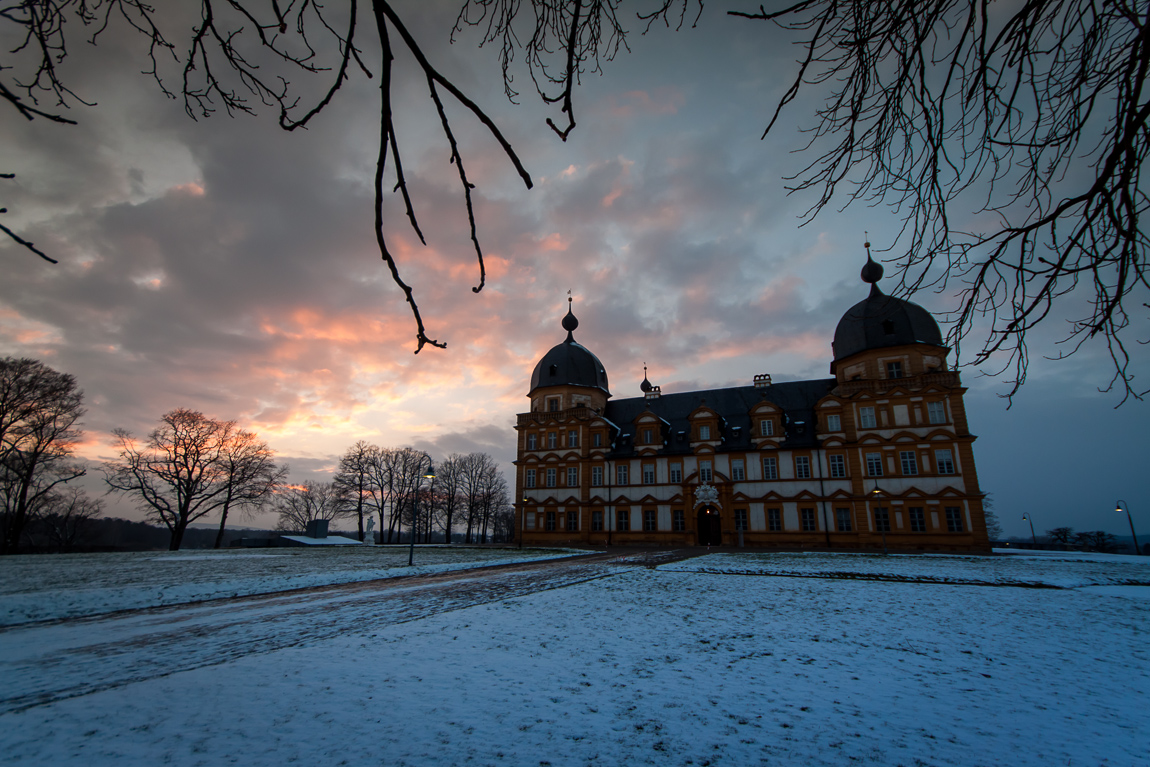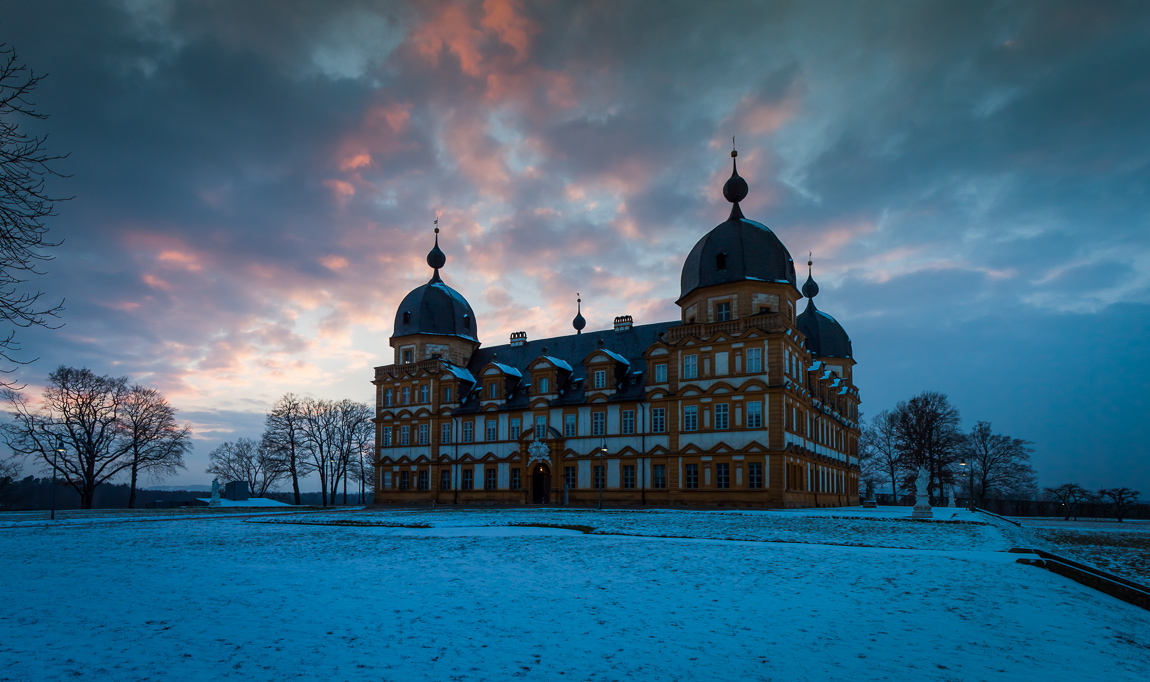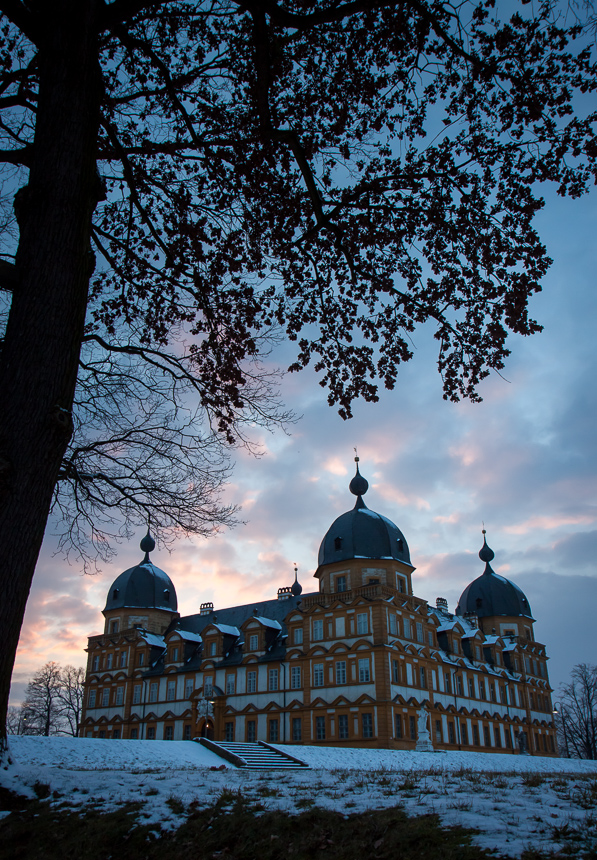Schloss Seehof was the summer residence of the bishops of Bamberg. It was build in the late 17th century. After being secularized in 1802 it degraded and was only restored in the second half of the 20th century.
I went there to do a small photo walk, trying out the lensbaby and a graduated filter. Results varied. The lensbaby is quite hard to focus, so you need to play around a bit. Mostly it’s hard because the viewfinder of an APS-C Camera is much too small. But with a little luck and a lot of postprocessing you get some quite nice images. I think it’s quite interesting for portraits and some moody images, but it has a tendency to get overused and therefore boring. Graduated Filters are some kind of leftover from the film era and in the time of digital postprocessing only make some limited sense. A graduated ND filter is really helpful if you have some very bright parts in your image and you want some detail there as well as in the dark parts. If you do that in post you need to have everything in the dynamic range of your camera sensor, else you get blown out highlights or completely dark areas. With the graduated ND filter you can expand the dynamic range here a bit (well, not really, you just darken the bright parts down so that they fit within the dynamic range).
A colored graduated filter is more a toy than actually needed. You can get the effect quite easily in Lightroom. But it’s nice to see it directly and you have a little the effect of the graduated ND filter: it brings the bright parts a bit down. You also get some nice white balance effects which are a bit harder in post, I think. Below is a picture with the filter and one without:
The filter adds a bit of Drama to the image, but as I only got a cheap filter, it creates some nasty reflections (see the lower image on the top right, in the leaves there is a reflection). This can easily spoil an image…
 Panorama
Panorama
